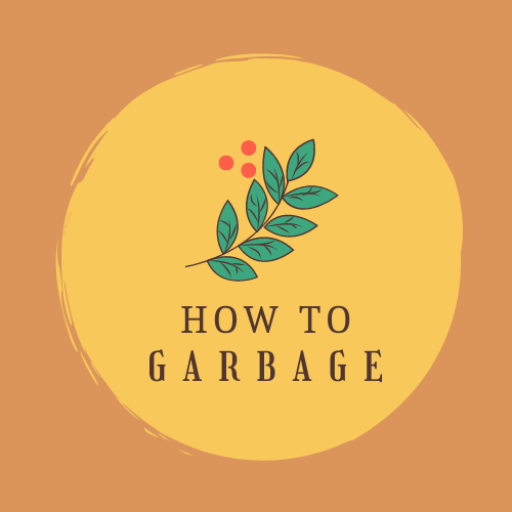
Compostable paper is paper that has been specially designed to break down into organic matter that can be used as compost. It’s an environmentally friendly alternative to traditional paper products that often end up in landfills and aren’t recycled. Compostable paper is becoming increasingly popular as people strive for more sustainable packaging and waste management solutions.
It’s made from renewable resources, meaning it doesn’t rely on resources such as fossil fuels and helps to reduce the need for toxic chemicals and other non-renewable materials. It’s also biodegradable and can be broken down into compostable material that can be used to fertilize the soil.
However, when it comes to its disposal, paper can easily become a source of environmental pollution.
What is compostable paper?
Compostable paper is made from a combination of biodegradable materials, such as cellulose and starch, and organic materials such as wood, vegetable, and other plant-based substance, and is designed to break down in the presence of moisture, oxygen, and microorganisms. Compostable paper is often certified by the Biodegradable Products Institute and is marked with the “compostable” label.
This makes it a much greener and more sustainable choice than traditional paper-based products and packaging.
Is paper biodegradable or compostable?
Biodegradable and compostable are two different concepts. The biodegradable paper will break down into natural materials in a landfill, while compostable paper can be broken down into compostable material within a shorter period when exposed to the elements. This makes compostable paper a much more sustainable choice for packaging and products. Biodegradable means materials can degrade with the presence of oxygen and sunlight, which then allows valuable nutrients to return to the earth.
Paper is biodegradable, meaning it will break down naturally over time. However, not all paper is designed to be composted. Paper that is marked “compostable” is specifically designed to break down quickly, without releasing harmful chemicals into the environment.
Regular paper is made from wood and contains chemicals from printing and other processes, so it isn’t biodegradable or compostable. Compostable paper, on the other hand, is made from renewable materials, such as plant fibers, and does not contain any chemical or toxic substances. This means it’s biodegradable and can be broken down by microbes in anaerobic or aerobic composting.
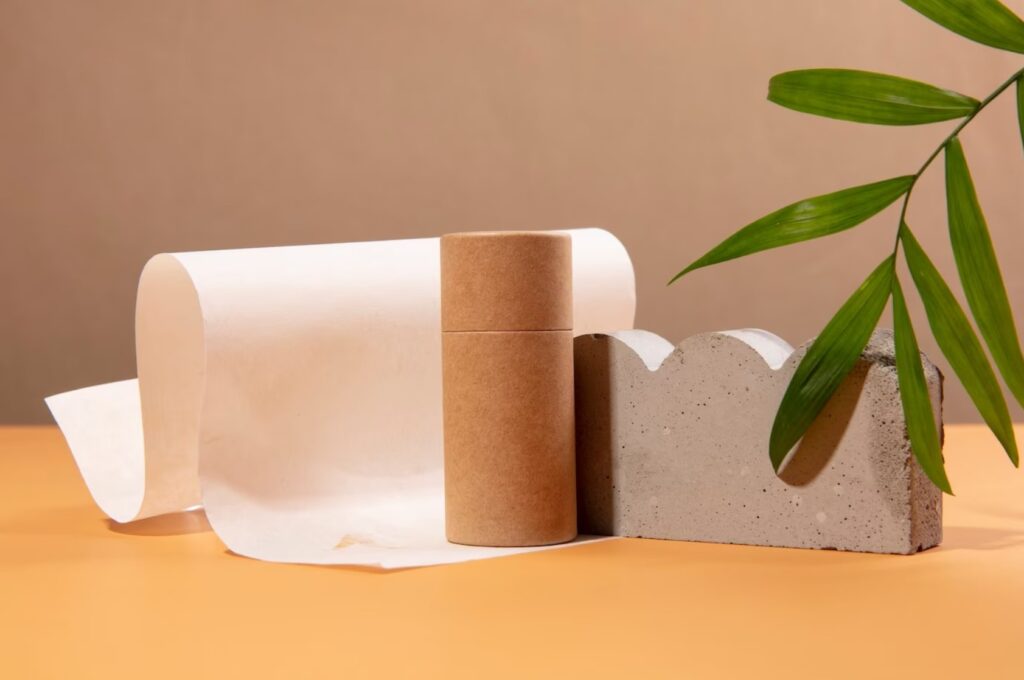
Is paper compostable everywhere?
Yes, compostable paper is compostable everywhere. However, it’s important to note that different types of paper will decompose differently depending on environmental factors. For example, some paper may take longer to decompose in cold climates than in warm climates.
Paper that is certified compostable can be composted in commercial composting facilities and some home composting systems. However, not all areas have access to commercial composting facilities, so it’s important to check with your local waste management provider to see if they accept the compostable paper.
Some materials, like soy-based inks or dyes, can be composted in some areas, but not all. It’s important to check with your local composting facility to find out what is and isn’t compostable in your area.
What is compostable paper made of?
Compostable paper is made from a combination of recycled paper and biodegradable materials, organic materials such as wood, vegetable, soy, and other plant-based substances such as cellulose and starch, and does not contain any chemical or toxic substances. It’s also often coated with a thin layer of vegetable-based wax or plastic to make it water-resistant.
It doesn’t rely on resources such as fossil fuels and helps to reduce the need for toxic chemicals and other non-renewable materials.
It can also include things like shredded documents, coffee cups, and other paper products.
These materials are broken down by machinery and then mixed with water to create a slurry. This slurry is then pressed and dried to create compostable paper.
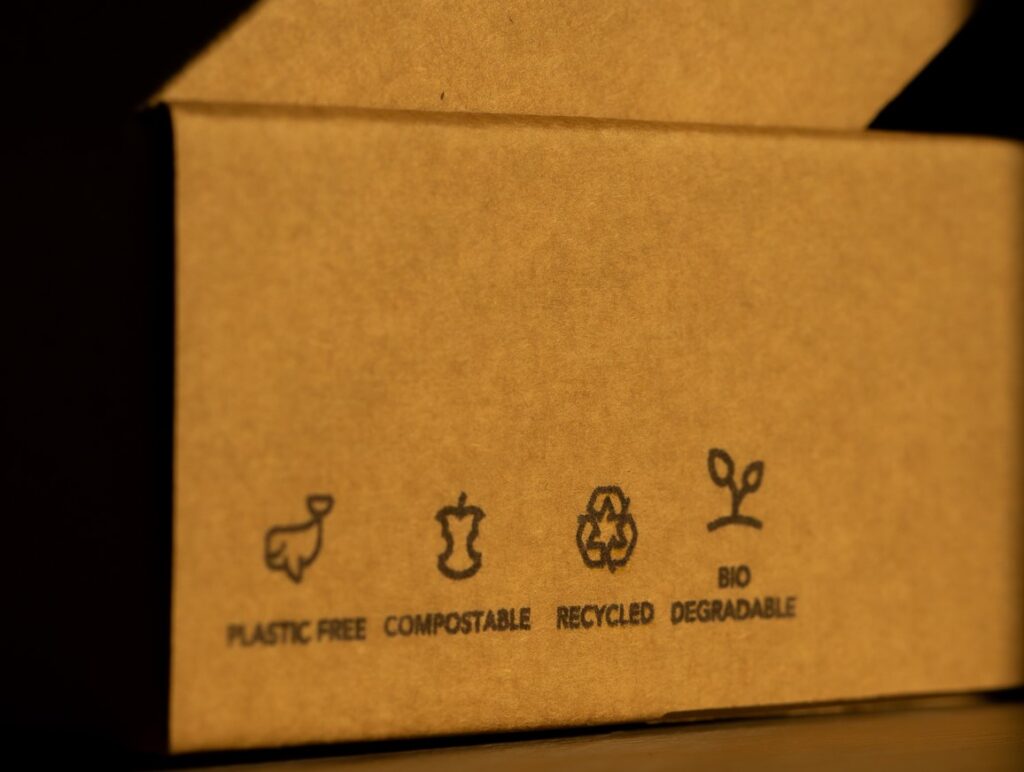
Can you recycle compostable paper?
No, compostable paper cannot be recycled. It must be sent to a composting facility to be broken down into organic matter.
Can I Compost Paper at Home?
Yes, you can compost paper at home, but it’s important to follow the instructions provided by the composting facility. Some paper products may contain contaminants, such as ink or coatings, that can contaminate the compost pile. It’s also important to make sure that the paper is shredded or torn into small pieces before adding it to the compost heap.
Composting paper is a great way to reduce waste and create nutrient-rich soil for your garden. It’s important to make sure you are using the right types of paper, such as non-glossy paper, tissue, toilet paper, wrapping paper, and paper towels, as these are all compostable as well. You can also add food scraps, food waste, and plate scrapings to your compost pile.
The best way to do this is to shred documents and place them in a composting container in your backyard. This will help to speed up the decomposition process.
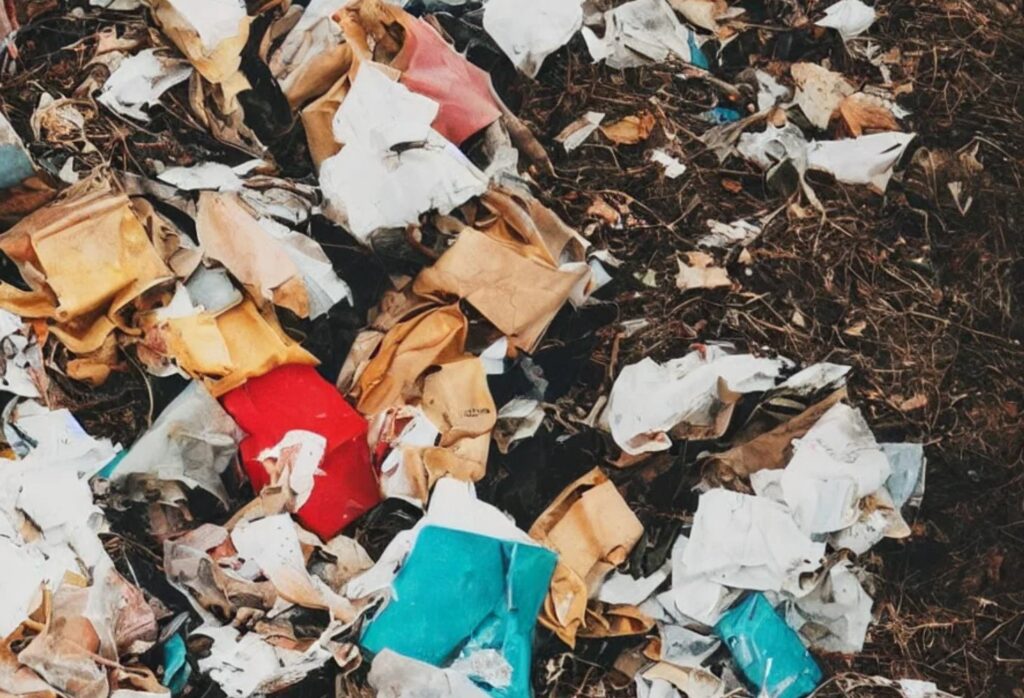
Is Using Paper Bad For The Environment
Using paper can have a negative environmental impact if it’s not recycled or composted. Paper production requires large amounts of energy, water, and chemicals, which can result in air and water pollution. It also contributes to deforestation, as many paper products are made from virgin wood pulp.
However, it’s important to be mindful of the types of paper you’re using, as some paper is not as eco-friendly or sustainable as other types of paper. For example, traditional paper is often made from trees, which means it’s not renewable and takes a long time to decompose. It’s also important to be mindful of how much paper you’re using, as paper production uses a lot of energy and resources.
Paper production requires a lot of energy and water, and it can generate a lot of waste material. If paper isn’t recycled or composted, it can end up in landfills and contribute to air and water pollution.
Tips
- Make sure to check with your local waste management provider to see if they accept compostable paper.
- Be sure to shred or tear paper into small pieces before adding it to the compost heap.
- Avoid using paper products with coatings, such as glossy paper or paper with a plastic coating.
- Whenever possible, opt for paper-based products instead of plastics or other non-recyclable materials.
- Buy paper products made from recycled materials when possible. This helps reduce the need for new paper production, which uses a lot of energy and resources.
- When disposing of paper, it’s important to always mean composting or recycling.
- It’s thought that paper mills will be producing nearly half a billion tons of paper.
- Shredded paper is not ideal for recycling equipment, so you can toss any shredded paper or teeny-tiny paper scraps in your compost rather than the recycling bin, even if it has a bit of ink on it.
- Paper materials are made of plant matter, which means they are both recyclable and compostable.
- Toilet paper is typically made from wood pulp which is biodegradable. But the amount of time required depends on the strength and thickness of the paper.
- But the amount of time required depends on the strength and thickness of the paper.
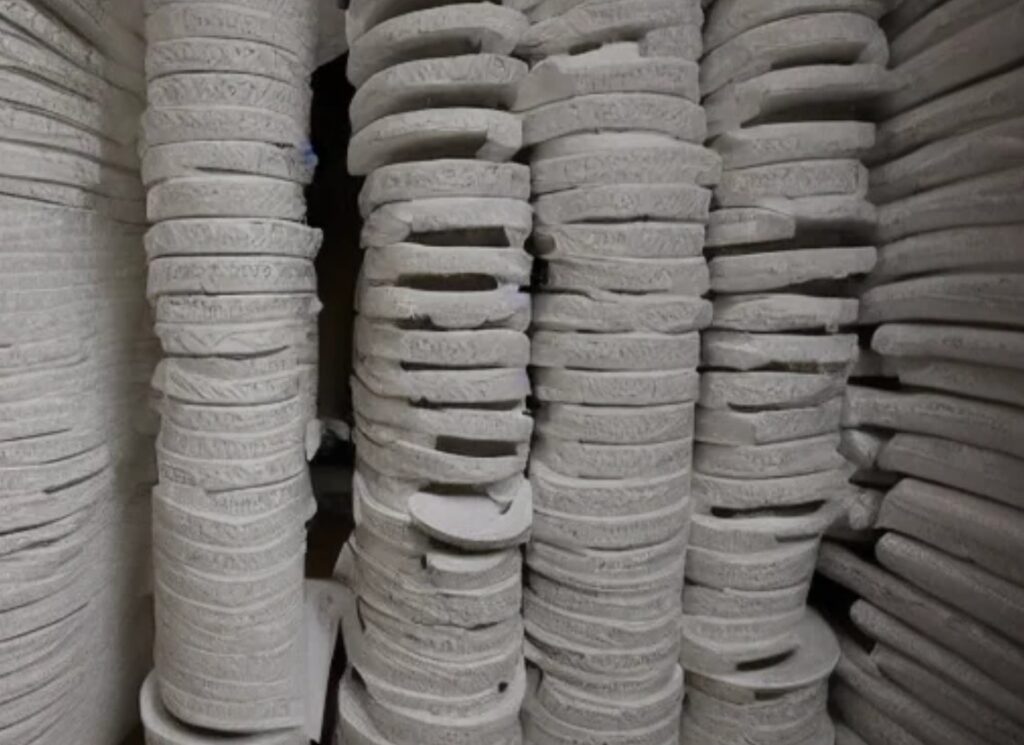
What’s the Best Way to Dispose of Paper? Recycling or Composting?
The best way to dispose of paper depends on the type of paper and whether or not it’s contaminated. Uncontaminated paper can be recycled, while contaminated paper (which includes a paper with ink or coatings) should be composted. Whenever possible, it’s best to recycle paper instead of composting it.
Some types of paper, such as thermal paper, cups, and corrugated cardboard, cannot be recycled and must be composted. For other types of paper, recycling is usually the best option.
The best way to dispose of paper depends on the type of paper and the area you live in. Some types of paper, such as thermal paper, cups, and corrugated cardboard, cannot be recycled and must be composted. For other types of paper, recycling is usually the best option.
Can You Compost Paper with Ink?
Yes, you can compost paper with ink, but it’s important to know that paper with ink or coatings is considered contaminated. The contaminated paper should be composted rather than recycled, as it can contaminate the recycling process.
Warnings
- Don’t put shiny or glossy paper in the compost bin, as this type of paper is not compostable.
- Don’t put heavily soiled or greasy paper in the compost bin, as this can contaminate the compost heap.
- Never compost glossy paper or paper with plastic coatings, as these can take a long time to decompose in the composting system.
- Don’t put paper products with plastic coatings, such as pizza boxes, in the compost bin, as these cannot be composted.
- It’s important to remember that compostable paper cannot be recycled. It should only be used in a composting container. Additionally, a compostable paper should not be placed in a recycling bin, as it can contaminate other recyclable materials.
- Soy-based ink is much more eco-friendly than regular ink and breaks down more easily. However, it’s important to note that you should always shred documents with ink before composting, as the ink can be difficult to decompose naturally.
Conclusion
Compostable paper is becoming increasingly popular as people strive for more sustainable packaging and waste management solutions. Compostable paper is made from biodegradable materials and is designed to break down quickly, without releasing harmful chemicals into the environment. It is important to check with your local waste management provider to see if they accept compostable paper, and to make sure that contaminated paper is composted instead of recycled.
By using compostable paper instead of traditional paper products, we can reduce deforestation, save energy, and create a greener world. Recycling plants need water, electricity, and, often, fossil fuels to function. Yet the process of recycling paper is still less energy intensive than manufacturing new paper from virgin fibers. Composting is a great way to tackle paper waste and create valuable nutrient-rich compost.
